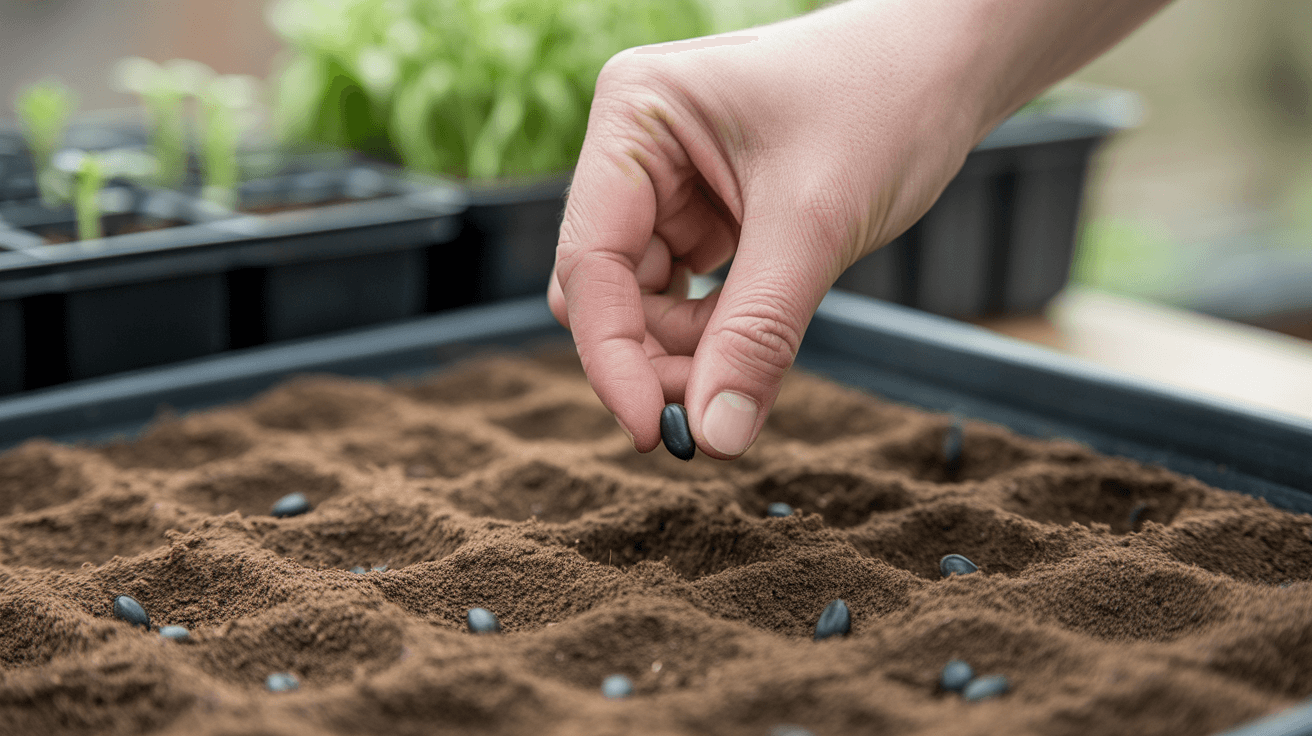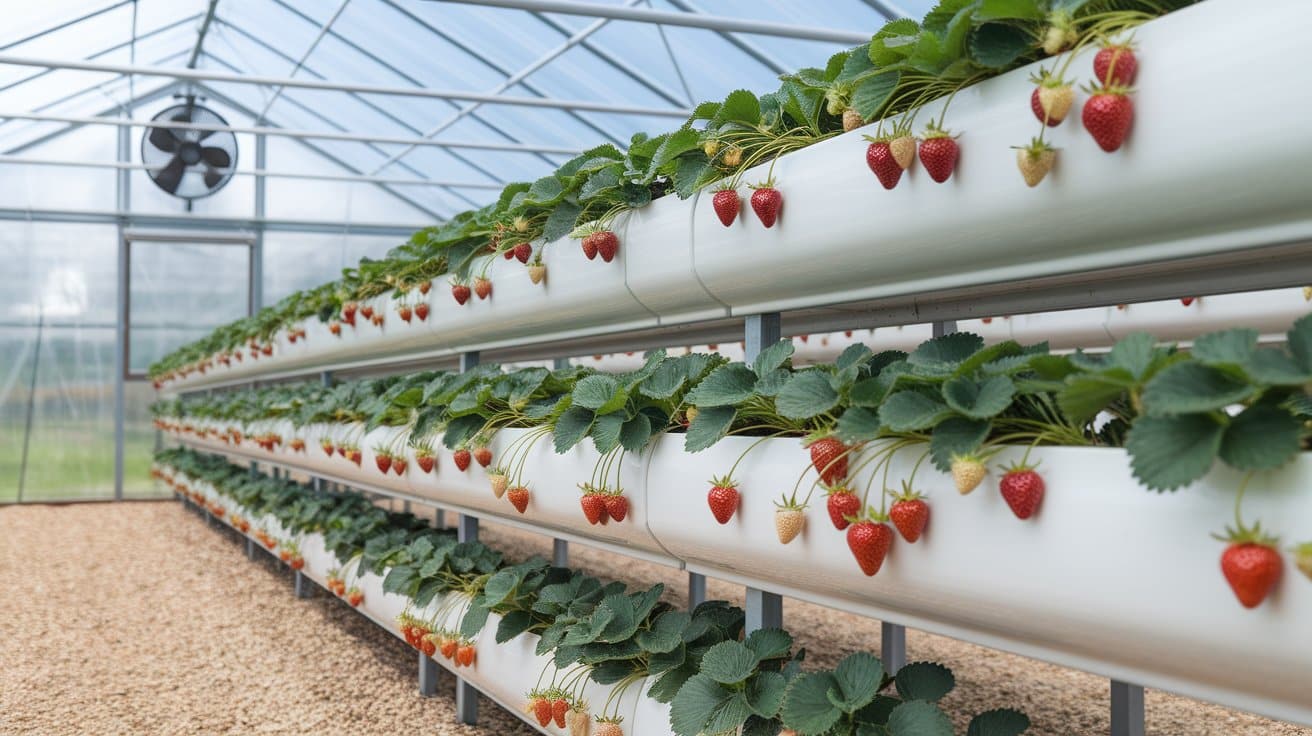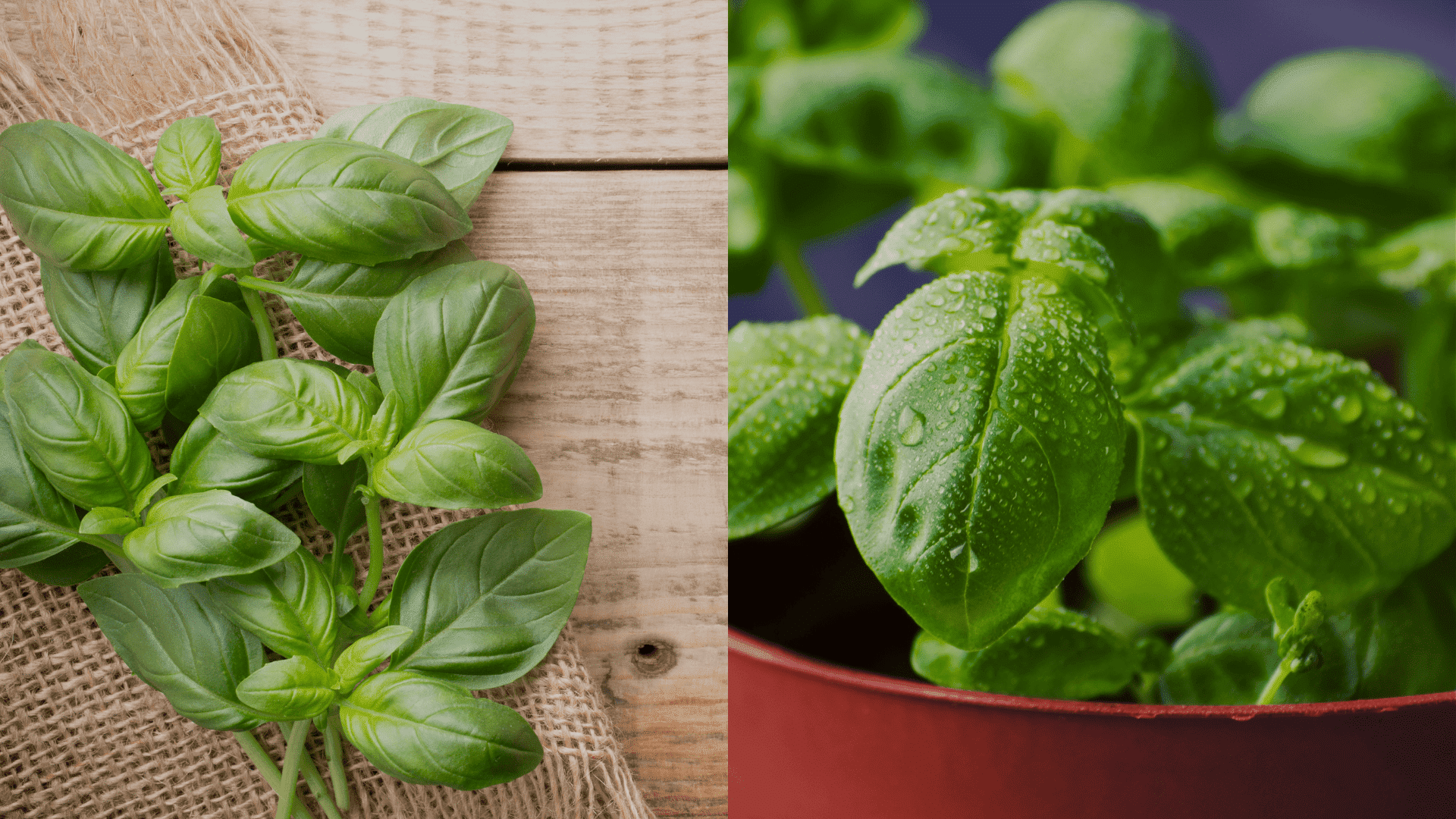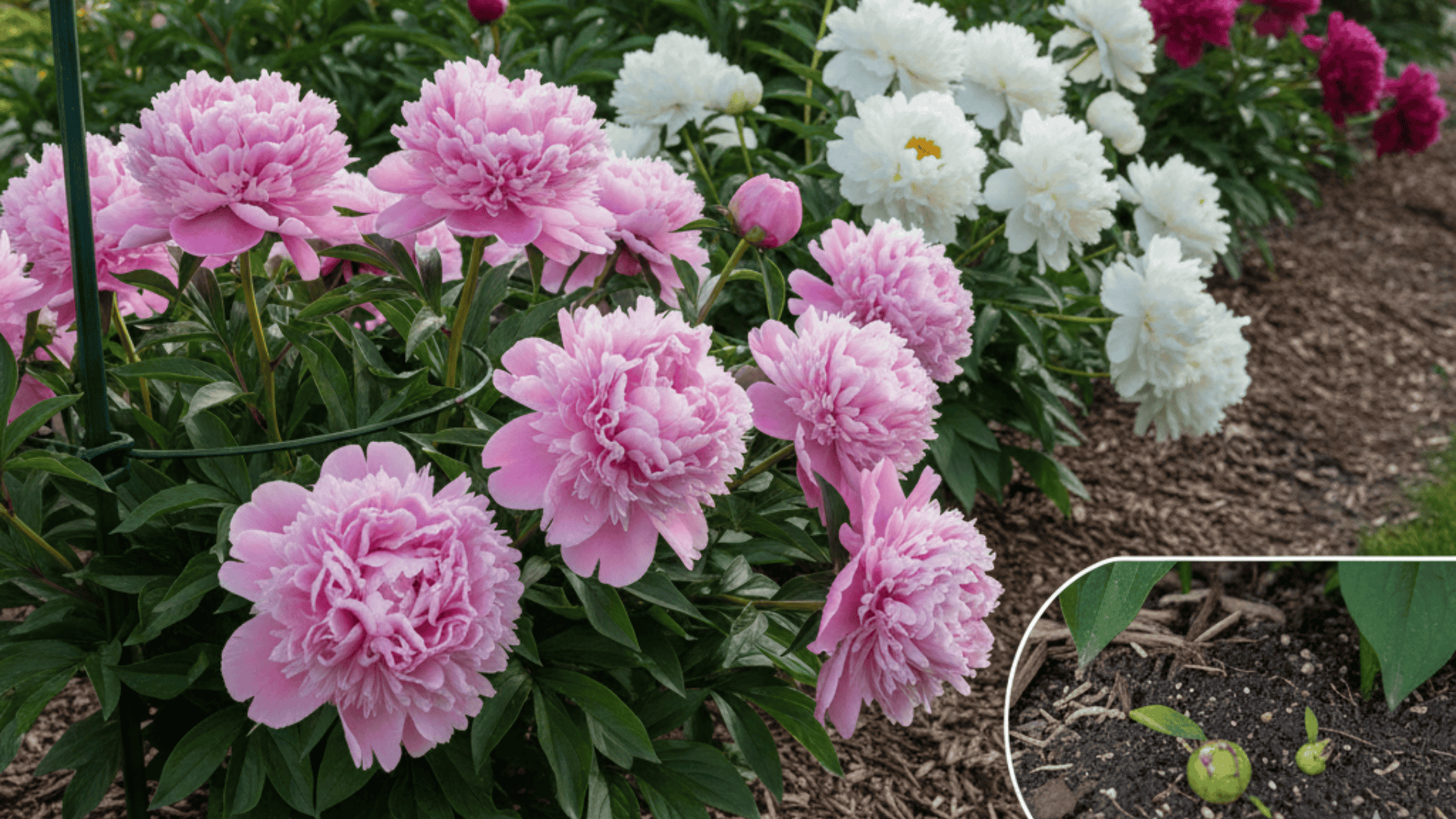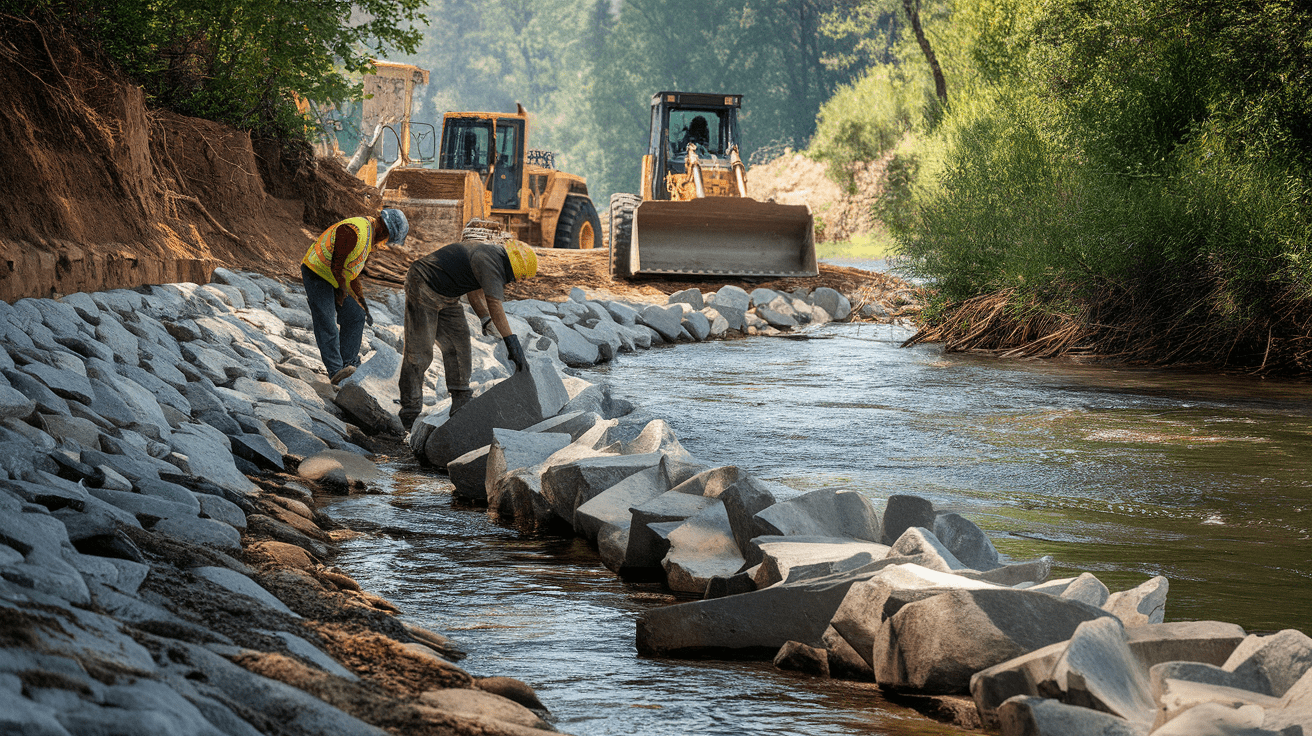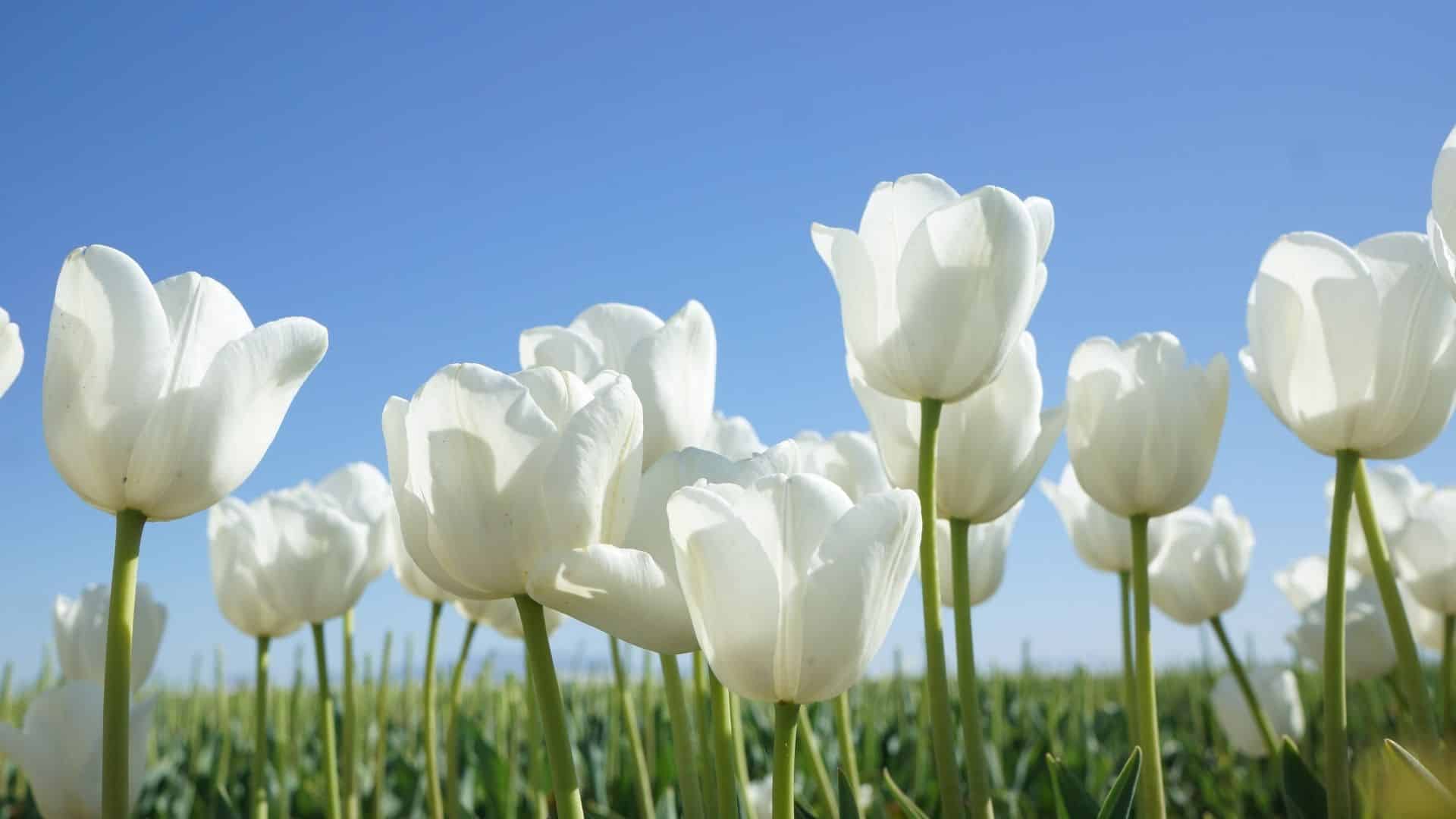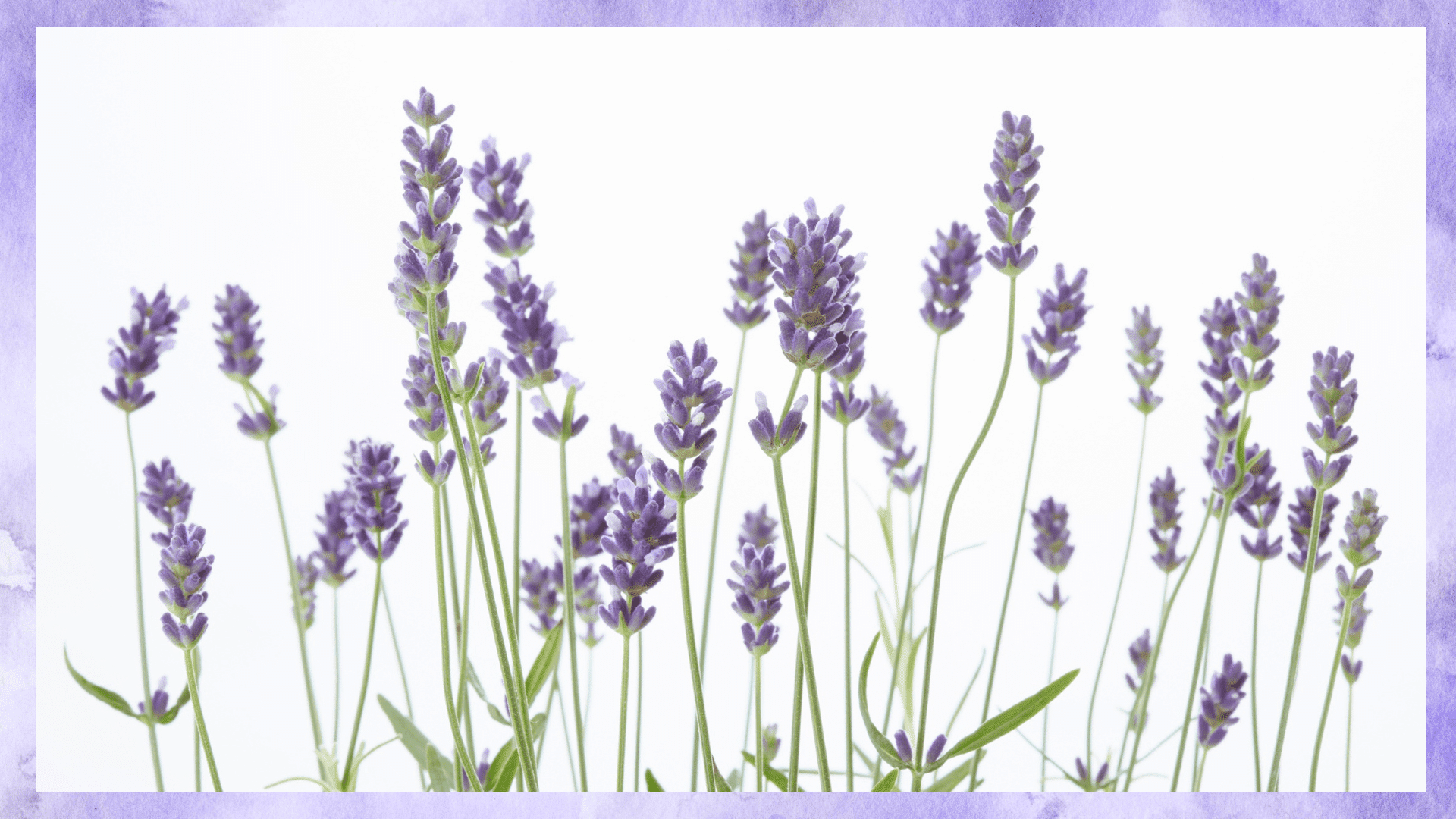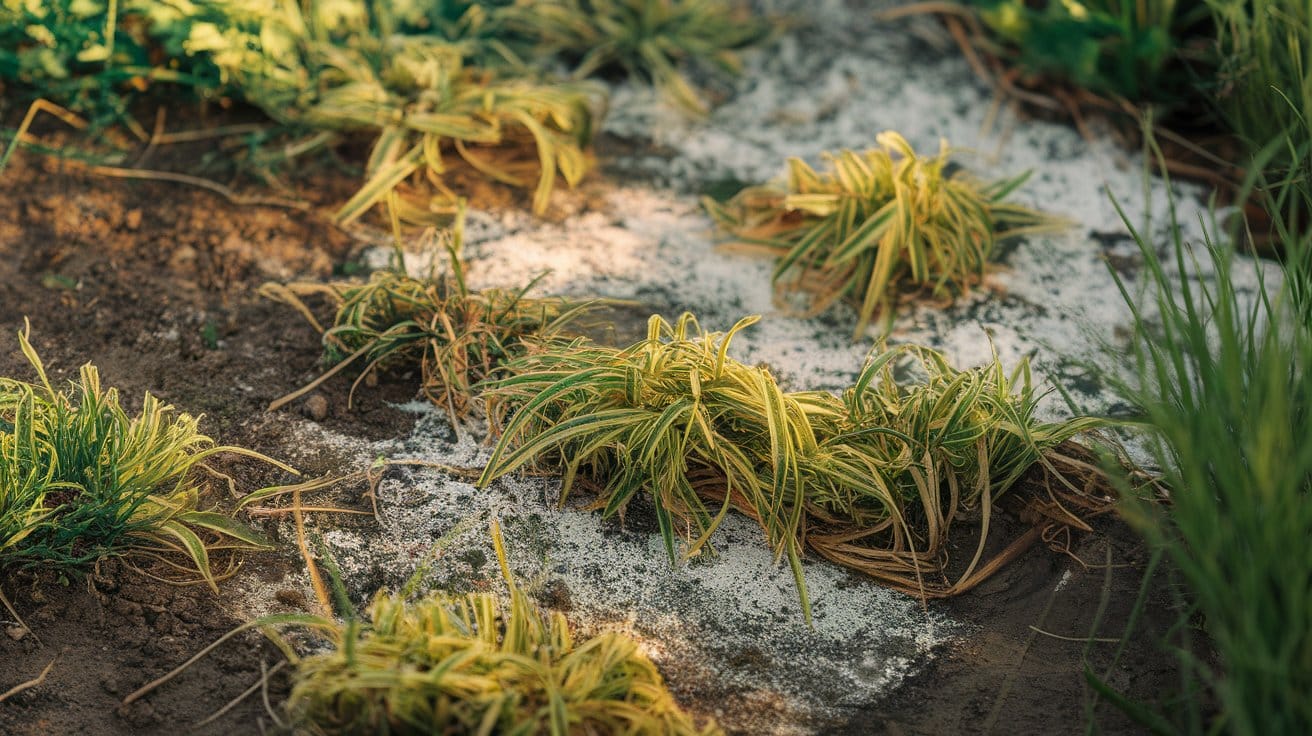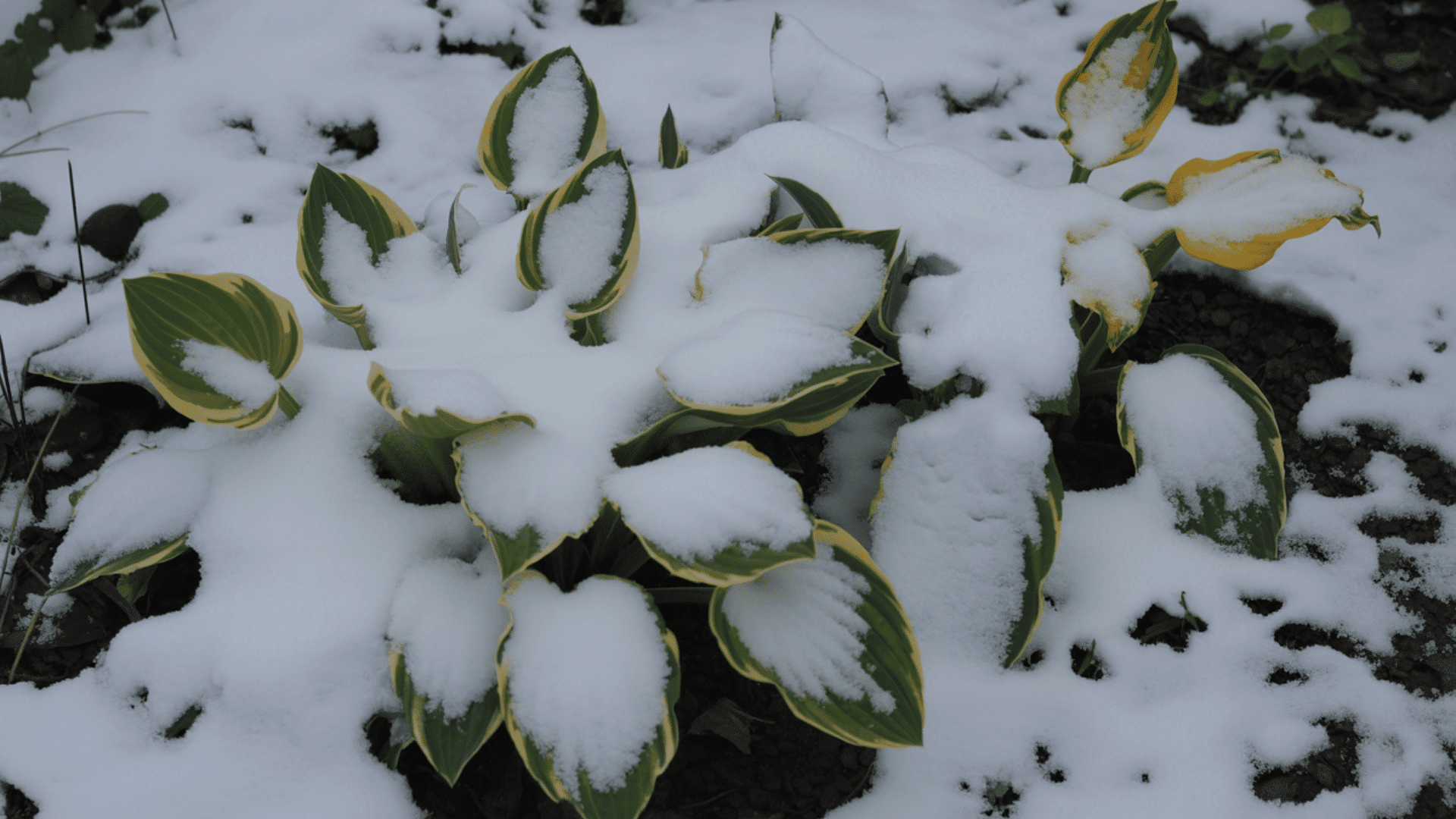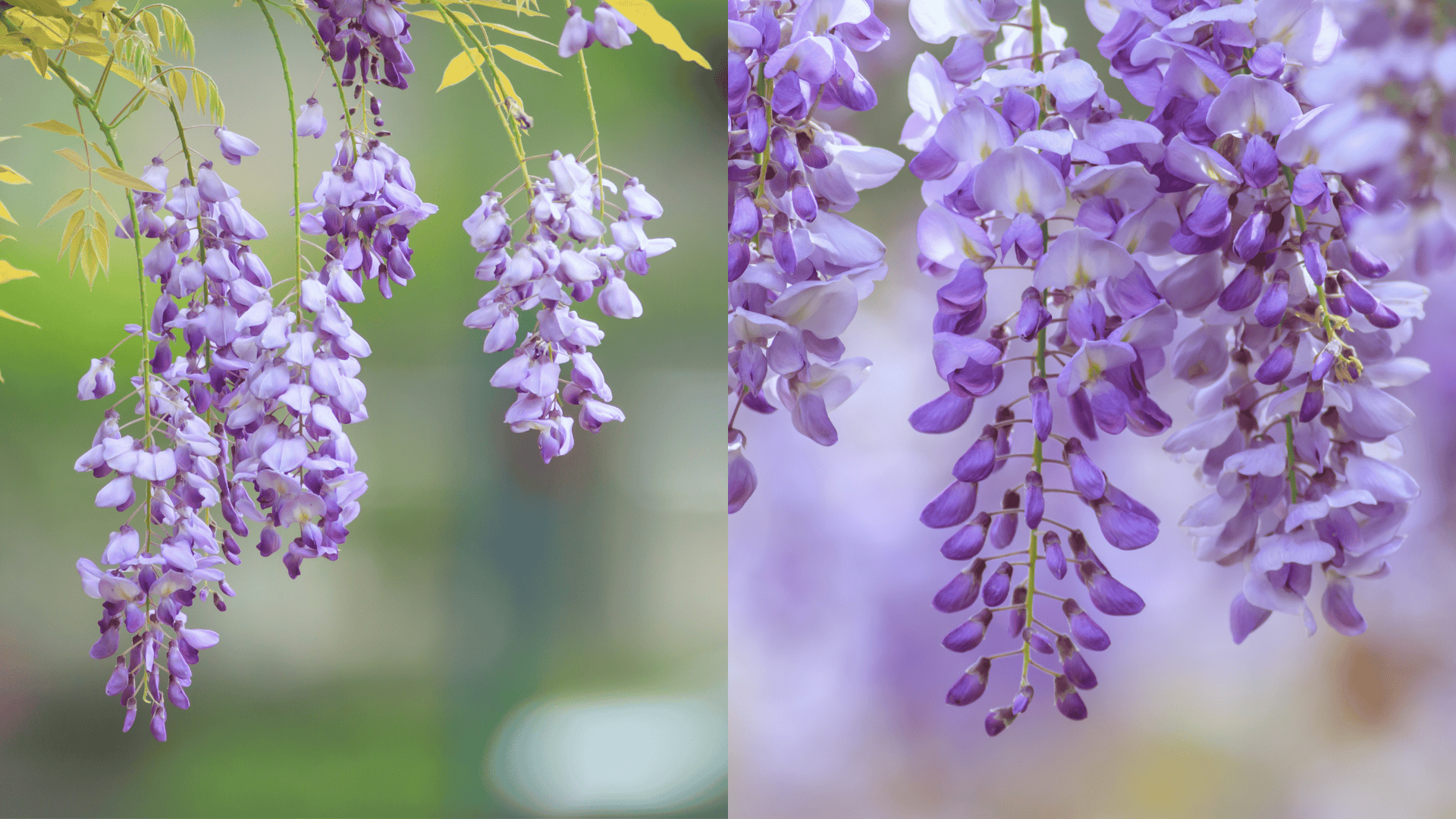Growing hostas from seed takes time, but it’s worth the wait, and Most gardeners buy plants from nurseries.
But starting from seed gives you more variety and costs less.
You might also think: Can you plant hosta seeds directly in the ground? How long does it take? What’s the best method for beginners?
This post will answer those questions.
You’ll learn what hosta seeds look like, how to plant them indoors step by step, and when to move seedlings outside.
By the end, you’ll know exactly how to plant hosta seeds and watch them grow into beautiful shade-loving plants.
What Do Hosta Seeds Look Like?
Hosta seeds are small, flat, and black, and they develop inside seed pods that form once the flowers fade.
Each pod contains multiple seeds and begins to turn brown and papery when it’s ready to harvest.
The best time to collect them is in late summer or early fall, once the pods are dry and rattle when shaken.
After collecting, store the seeds in a paper envelope kept in a cool, dry place, and label it with the date and variety name for easy reference.
What You Need Before Planting Hosta Seeds?
Getting your supplies ready ahead of time makes planting much easier.
You don’t need any special or expensive equipment, as most of the items are basic gardening tools that you may already have at home.
- Hosta seeds: Use freshly collected seeds or ones purchased from a nursery.
- Containers or seed trays: Choose ones with proper drainage holes to prevent waterlogging.
- Seed-starting mix: A light, well-draining mix works best for germination.
- Garden soil: Needed later when transplanting seedlings outdoors.
- Light source: Place trays on a sunny windowsill or use grow lights for consistent light.
- Spray bottle: Ideal for gentle and even watering.
- Labels and markers: Helpful for tracking planting dates and seed varieties.
Can You Plant Hosta Seeds Directly in the Ground?
Yes, you can plant hosta seeds directly outdoors. But indoor starting gives better results.
Understanding both methods helps you choose the approach that works best for your situation.
Pros and Cons of Direct Sowing
| Pros | Cons |
|---|---|
| No transplanting needed | Lower germination rates |
| Plants adapt naturally to outdoor conditions | Seeds are vulnerable to pests and birds |
| No indoor space required | The weather can wash away seeds |
| No grow lights needed | Harder to control conditions |
Best Conditions for Direct Sowing
Sow in early spring after frost in a shaded spot with moist soil. Press seeds on the surface, cover lightly with 1/8 inch soil, and keep consistently damp.
Mark the area and protect it from foot traffic while waiting 2-4 weeks for germination.
Pro Tip: Most gardeners recommend starting hosta seeds indoors for better control and higher success rates.
How to Plant Hosta Seeds Indoors?(Step-by-Step)
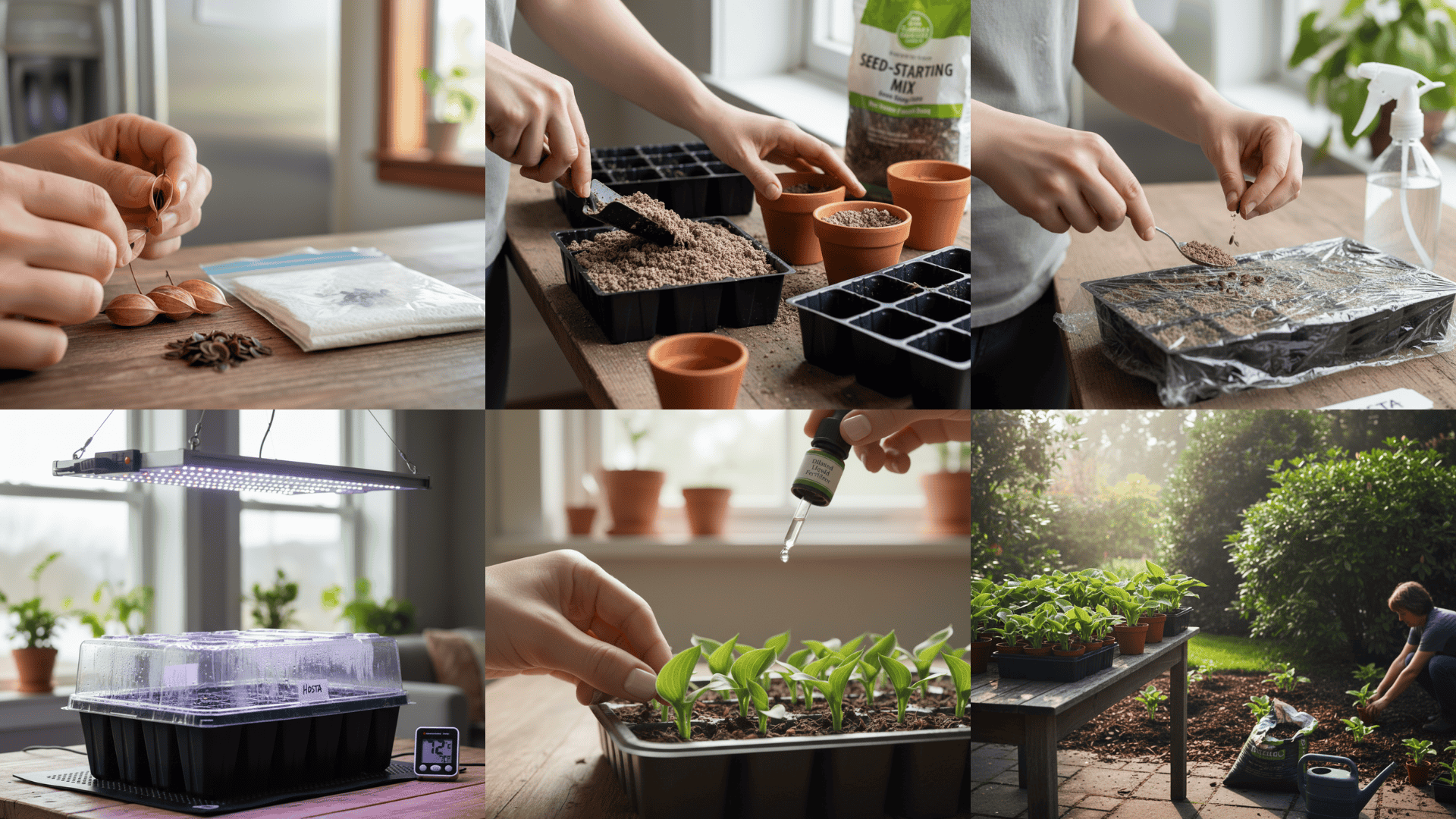
Starting hosta seeds indoors gives you the best chance of healthy growth. Follow these six steps for strong and healthy seedlings:
Step 1: Prepare the Seeds
Begin with clean, dry seeds, removing any debris from pods if you harvested them yourself.
Cold stratification can improve germination and store seeds in a damp paper towel inside a plastic bag in the refrigerator for 4–6 weeks.
This mimics natural winter conditions and helps seeds sprout more reliably.
Step 2: Get Containers and Soil Ready
Choose containers at least 2–3 inches deep with drainage holes to prevent root rot.
Use a light, well-draining seed-starting mix instead of regular garden soil, as it allows delicate roots to spread easily.
Moisten the mix so it feels like a wrung-out sponge, not too wet, not too dry.
Step 3: Sow the Seeds
Scatter seeds evenly across the soil surface and press them in lightly without burying too deeply.
Cover with only a very thin layer of soil, about 1/8 inch, since hosta seeds need light to germinate.
Mist gently with water, label each container, and cover with plastic wrap or a humidity dome to lock in moisture.
Step 4: Create the Right Environment
Keep containers in a warm spot between 70–75°F, or use a heat mat for consistent warmth.
Provide 12–14 hours of bright, indirect light daily using a sunny windowsill or grow lights.
Check the soil daily, mist if the top feels dry, and remove the plastic covering once seedlings emerge.
Step 5: Care for the Seedlings
Seedlings usually sprout within 2–3 weeks.
Keep the soil consistently moist but avoid overwatering, which causes damping-off disease.
Thin seedlings once they grow two to three true leaves, keeping only the strongest plants.
Begin feeding with diluted liquid fertilizer after four to six weeks and move seedlings into larger pots when roots fill the container.
Step 6: Move Seedlings Outdoors
Start hardening off seedlings about two weeks before transplanting by placing them outdoors for a few hours each day.
Gradually increase their time outside until they can stay out overnight in temperatures above 50°F.
Plant them in shaded garden beds after the last frost, spacing 12–18 inches apart, then water thoroughly and mulch to help retain soil moisture.
Hosta Plant Life Cycle
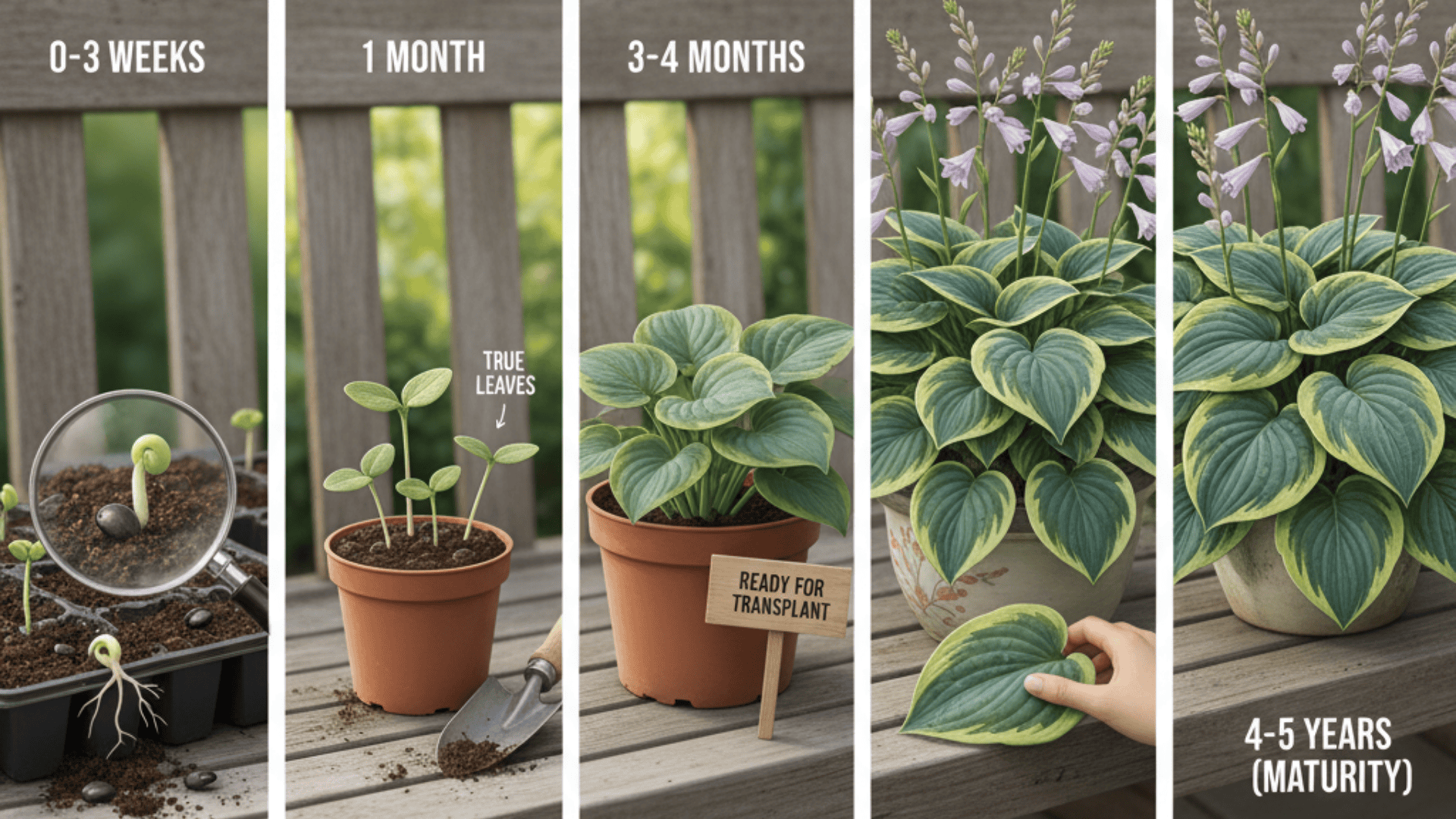
Hostas have a slow but steady life cycle that spans several years.
From tiny seeds, they sprout into delicate seedlings, gradually developing true leaves and expanding their foliage over time.
During the first year, plants remain small, focusing energy on establishing strong roots.
By the third or fourth year, hostas grow fuller, more robust leaves, and eventually reach maturity with their signature flowers in the fourth or fifth year.
Each stage requires consistent care, patience, and attention to light, moisture, and soil conditions, making the journey from seed to flowering plant a rewarding experience for gardeners.
How Long Does It Take to Grow a Hosta From Seed?
Timeline of hosta development, covering seed sprouting, leaf growth, and eventual flowering.
| Stage | Duration / Timeframe | Key Characteristic(s) |
| Germination | 2-3 weeks | Seeds sprout. |
| True Leaves Form | About 1 month (post-sowing) | The first “true” leaves develop. |
| Ready for Outdoor Transplant | 3-4 months (post-sowing) | Plants are strong enough to be moved outdoors. |
| First Year Growth | 1 year | Plants remain small. |
| Foliage Development | 3rd or 4th year | The plant develops fuller foliage. |
| Maturity & Flowering | 4-5 years | The plant reaches full maturity and produces flowers. |
| Genetic Variation | (Throughout) | Seed-grown plants may differ from parent plants in color and pattern. |
Tips for Successfully Growing Hostas From Seed
Key strategies for healthy seedlings, proper care, and ensuring successful growth from seed to transplant-ready plants.
- Avoid Overwatering – Water only when the topsoil feels dry and use well-draining containers.
- Provide Light – Give seedlings 12–14 hours of light daily.
- Fertilize Lightly – Feed with diluted liquid fertilizer every 2–3 weeks once true leaves appear.
- Control Pests – Watch for slugs outdoors, remove them by hand, and keep mulch away from stems.
- Be Patient – Growing hostas from seed takes years, so focus on steady, healthy growth.
Conclusion
Now you know how to plant hosta seeds successfully.
Starting indoors gives better results than direct outdoor sowing. The process takes patience; expect 4-5 years for mature plants.
But you’ll get unique varieties at much lower costs than buying from nurseries.
Remember the key steps: use a light seed-starting mix, don’t bury seeds deep, keep soil moist, and provide consistent light.
When seedlings are strong, harden them off before transplanting outdoors. Growing hostas from seed is a rewarding long-term project.
Start small with one tray to learn the basics.
Ready to begin? Grab your supplies and plant your first batch of hosta seeds this season.
Share your results in the comments below!
Frequently Asked Questions
How to Propagate Hosta?
Hostas are best propagated by division. Dig up a mature clump in spring or fall, split the roots into sections, and replant each piece in moist, shaded soil.
Do Coffee Grounds Help Hostas?
Coffee grounds can benefit hostas by adding organic matter and slightly acidifying the soil. Use them sparingly, as too much can compact the soil and limit water flow.
What Is the Best Month to Plant Hostas?
The best time to plant hostas is in early spring or early fall. These cooler months reduce stress, allow strong root growth, and prepare plants for thriving seasons.

